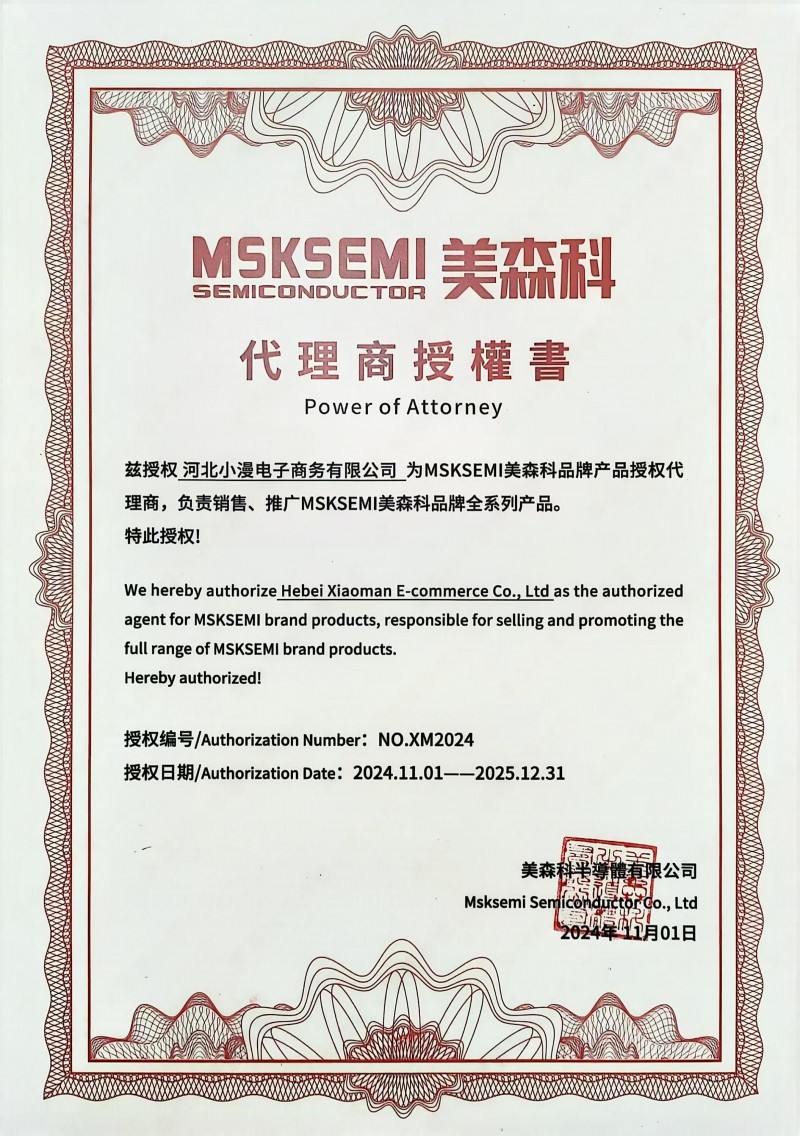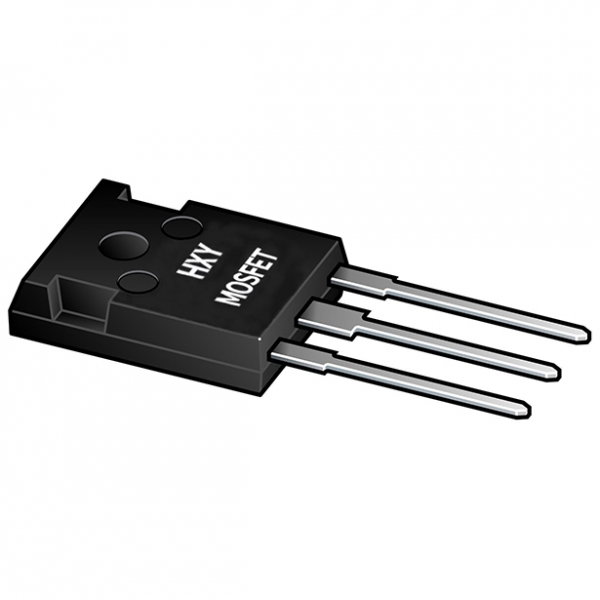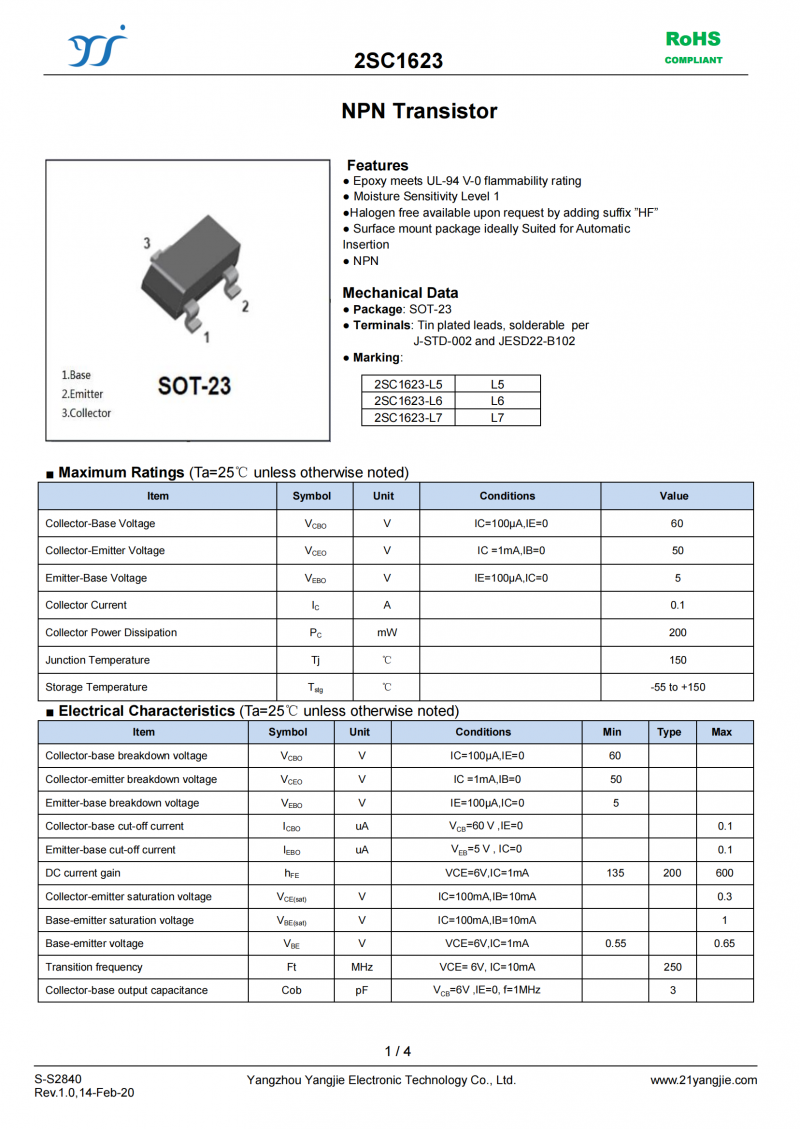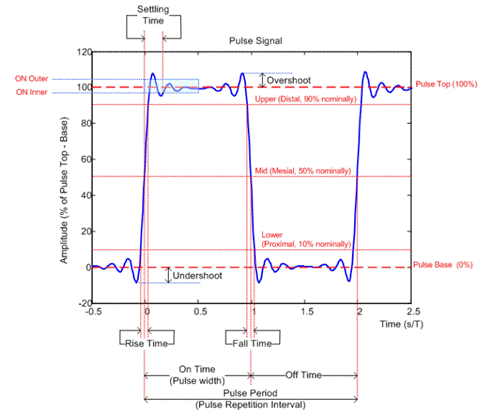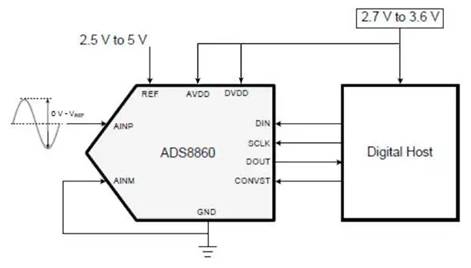A customer recently
asked me why we specify leakage current on a Class II power supply, when a
Class II power supply has no ground terminal.
A good question, but first some background.
一位客户最近问询,为什么II类电源并没有接地端子,却要指定II类电源的漏电流。
As part of the
testing for IEC60950, power supply manufacturers measure leakage current
to the IEC60990 standard.
作为 IEC60950 测验的一部分,电源的制造商要根据 IEC60990 规范来测验漏电流。
To be more accurate,
the terms “Touch Current” and “Protective Conductor Current” replace the term
“Leakage Current”.
愈加精确的说,“触摸电流”和“维护导体电流”这两个术语将替代“漏电流”这一术语。
Protective
Conductor Current (PCC)
维护导体电流 (PCC)
Is the current that
flows through the protective conductor; commonly referred to as the ground
connection.
流过一般称为接地衔接的维护导体的电流。
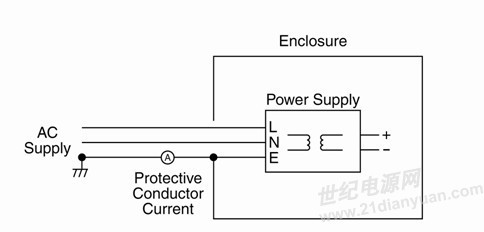
AC Supply 交流电
Protective Conductor Current 维护导体电流
Power Supply 电源
Enclosure 外壳
As a note, the
withstand voltage and insulation resistance tests measure the current flowing
through the insulation of the unit under test.
留意,耐受电压和绝缘电阻测验时会丈量流经被测电源绝缘部分的电流。
Touch Current (TC)
触摸电流 (TC)
Is the current that
flows when a human body touches the equipment, simulated by a body impedance
network.
人体触摸设备时流过的电流,如下暗示是由人体阻抗网络进行模仿。
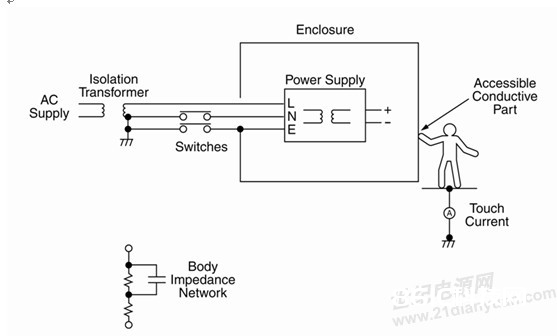
AC Supply 交流电
Isolation Transformer 绝缘变压器
Switches 开关
Power Supply 电源
Enclosure 外壳
Accessible Conductive Part 可触及导电部分
Touch Current 触摸电流
Body Impedance Network 人体阻抗网络
The switches are used
to simulate a line, neutral or ground fault, referred to as a single fault
condition (S.F.C.). Usually there is a
polarity reversal switch to reverse the line and neutral connections to the
power supply.
开关用于模仿前方,零线或接地线毛病,称为单一毛病条件 (S.F.C.)。一般,运用极性回转开关来改动电源上的前方和零线衔接。
So back to theoriginal customer question, if a Class II power supply is used, there will be
current that flows through a human body upon touching conductive parts in a
system (like a USB port or a conductive product case). That measured current is usually listed on
the power supply datasheet.
回到客户的问题,假如运用II类电源,在触摸体系的导电部分时(例如 USB 端口或产品的导电外壳),电流将流过人体。所测得的电流一般列在电源数据表中。
Here is an excerpt
from a CB report showing the test, input voltage, frequency and the measured
touch current. Note half the tests
conducted were with the simulated human body touching the “output connector” or
pins of the power supply.
这是从CB 测验报告里摘抄,输入电压、频率,以及测得的触摸电流。请留意,所履行的一半测验运用了模仿的人体来触摸“输出衔接器”或电源的引脚。
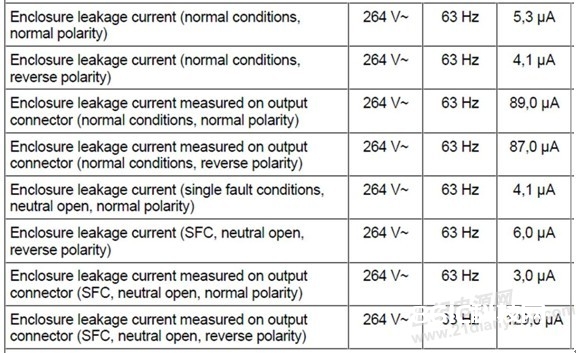
Enclosure leakage current (normal conditions,
normal polarity)
机壳漏电流(正常状况,正常极性)
Enclosure leakage current (normal conditions,
reverse polarity)
机壳漏电流(正常状况,反向极性)
Enclosure leakage current measured on output
connector (normal conditions, normal polarity)
输出衔接器上测得的机壳漏电流(正常状况,正常极性)
Enclosure leakage current measured on
output connector (normal conditions, reverse polarity)
输出衔接器上测得的机壳漏电流(正常状况,反向极性)
Enclosure leakage current (single fault
conditions, neutral open, normal polarity)
机壳漏电流(单一毛病条件,零线开路,正常极性)
Enclosure leakage current (SFC, neutral
open, reverse polarity)
机壳漏电流(单一毛病条件,零线开路,反向极性)
Enclosure leakage current measured on
output connector (SFC, neutral open, normal polarity)
输出衔接器上测得的机壳漏电流(单一毛病条件,零线开路,正常极性)
Enclosure leakage current measured on
output connector (SFC, neutral open, reverse polarity)
输出衔接器上测得的机壳漏电流(单一毛病条件,零线开路,反向极性)
The ammeter used is a
specialized meter; do not use a regular hand-held multi-meter!
所用的电流表为专用电流表,请勿运用惯例的手持式万用表!
For more details,
including the limits of the measured currents, please consult a professional
safety engineer.
有关更多详细信息,包含测得电流极限等内容,请咨询专业安规工程师。
(link to medical
brochure)



